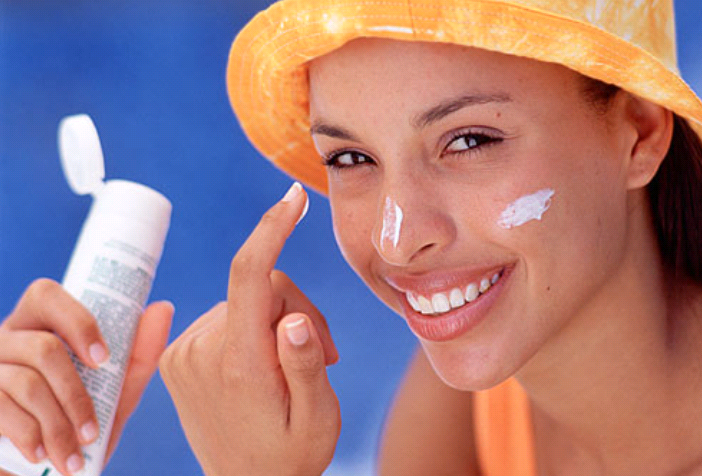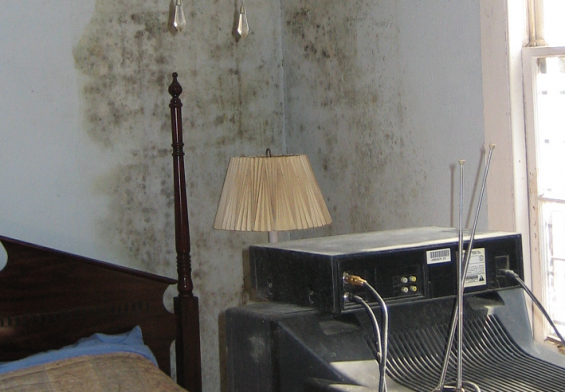UV Safety Awareness Month is observed every July to remind us of the often-overlooked dangers of ultraviolet (UV) radiation. While most people associate sun damage with the beach or summer vacations, UV rays can be harmful all year long—even during cloudy days or short trips outside.
For older adults, UV exposure poses a more serious health risk. Aging skin is more sensitive, and many seniors take medications that make them more vulnerable to sun damage. That’s why sun safety for seniors is a critical, year-round priority in quality home care.
Understanding UV Rays and Their Health Risks
UV rays are invisible radiation from the sun and artificial sources like tanning beds. They’re classified into:
-
UVA rays: Penetrate deep into the skin, causing premature aging and long-term cellular damage.
-
UVB rays: Affect the outer layer of skin, leading to sunburn and increasing the risk of skin cancer.
According to the Skin Cancer Foundation, one in five Americans will develop skin cancer by age 70. Seniors are particularly vulnerable due to weakened immune systems, chronic conditions, and a greater likelihood of delayed diagnosis.
Everyday Situations Where Seniors Are Exposed to UV Rays
UV exposure doesn’t just happen during outdoor recreation. Common scenarios that put older adults at risk include:
-
Sitting near sunny windows.
-
Taking short walks without a hat or sunscreen.
-
Riding in a car with unfiltered windows.
-
Gardening in the morning or late afternoon (when UV levels can still be high).
These small, daily moments of exposure add up—especially for seniors who may not recognize the risks or remember to apply protection. For those receiving in-home care, caregivers play a crucial role in reducing UV exposure and preventing related complications.
7 Essential Sun Safety Tips for Seniors
Protecting seniors from harmful UV rays can be simple and effective. Here are seven key strategies:
-
Apply sunscreen daily – Use broad-spectrum SPF 30+ sunscreen, even on cloudy days. Reapply every two hours when outdoors.
-
Choose sun-safe clothing – Hats, sunglasses, and UPF-rated shirts help block UV rays and reduce the need for reapplication.
-
Plan around peak hours – Avoid being outside between 10 a.m. and 4 p.m., when UV intensity is highest.
-
Stay in shaded areas – Use umbrellas, tree cover, or shade structures to reduce direct sun exposure.
-
Check the UV index daily – Many weather apps include UV levels to help schedule safe times for outdoor activities.
-
Stay hydrated – Heat and sun exposure increase the risk of dehydration, especially for those on certain medications.
-
Monitor skin health regularly – Check for new spots, discoloration, or unusual moles and report them to a healthcare provider.
Why UV Safety Is Critical in Elder Care
Seniors are at greater risk of complications from UV exposure, including:
-
Skin cancer (basal cell carcinoma, squamous cell carcinoma, melanoma)
-
Heat exhaustion or heatstroke
-
Eye damage, such as cataracts or macular degeneration
-
Severe sunburn, which heals more slowly in aging skin
In-home caregivers can help mitigate these risks by building sun protection into daily routines. This may include helping apply sunscreen, planning walks around the UV index, and gently encouraging the use of protective gear like hats or long sleeves.
The Legal Side of Sun Safety
While most people think of UV damage as a health concern, it can also become a legal issue in elder care settings.
1. Duty of Care
Caregivers—whether family members or professionals—have a responsibility to prevent foreseeable harm. If a senior suffers a preventable injury, such as severe sunburn or dehydration due to UV exposure, it could be viewed as neglect under some elder care laws.
2. Medical Decision-Making
If a senior is diagnosed with skin cancer or suffers a related complication and can’t make medical decisions independently, advance directives, power of attorney, and other legal documents become essential. These documents ensure the senior’s healthcare choices are honored.
3. Documentation and Communication
Care teams must monitor and report signs of skin damage. Poor documentation or failure to notify family members can create liability and erode trust—especially if the issue escalates medically.
Proactively addressing UV exposure isn’t just good caregiving—it’s also risk prevention for families and professionals alike.
How Home-Based Care Helps Reduce UV Risks
Trained caregivers who provide in-home support can greatly reduce the risk of UV-related health issues in seniors. Their role often includes:
-
Incorporating sun safety into daily routines.
-
Helping apply sunscreen to hard-to-reach areas like the back, neck, and ears.
-
Noticing new skin conditions and communicating with family or healthcare providers.
-
Planning activities during safer parts of the day, based on the UV index and weather.
Seniors who live alone or have cognitive impairments may not remember or be physically able to take these precautions on their own. Having someone nearby who is trained and attentive makes a measurable difference in health outcomes and quality of life.
UV Safety Is a Year-Round Concern
UV rays don’t take time off when summer ends. In fact, UV radiation reflects off surfaces like snow, water, and concrete, making winter exposure just as risky.
Seniors remain vulnerable throughout the year, especially if they:
-
Have light or fair skin.
-
Are on photosensitizing medications.
-
Have a history of skin cancer or sun damage.
-
Live alone or have limited mobility.
Caregivers and family members should treat UV safety as an ongoing priority, not just a seasonal one.
Final Thoughts: Prevention Today, Protection Tomorrow
Sun damage is silent, cumulative, and often overlooked—until it becomes a serious health issue. For older adults, simple acts like wearing a hat or using sunscreen can prevent life-threatening diseases and avoid unnecessary hospital visits.
Whether you’re a family caregiver or hire professional home care, protecting loved ones from UV rays is a critical part of senior wellness. And with rising awareness of the legal and medical consequences of neglect, it’s more important than ever to make sun safety part of the daily routine.




